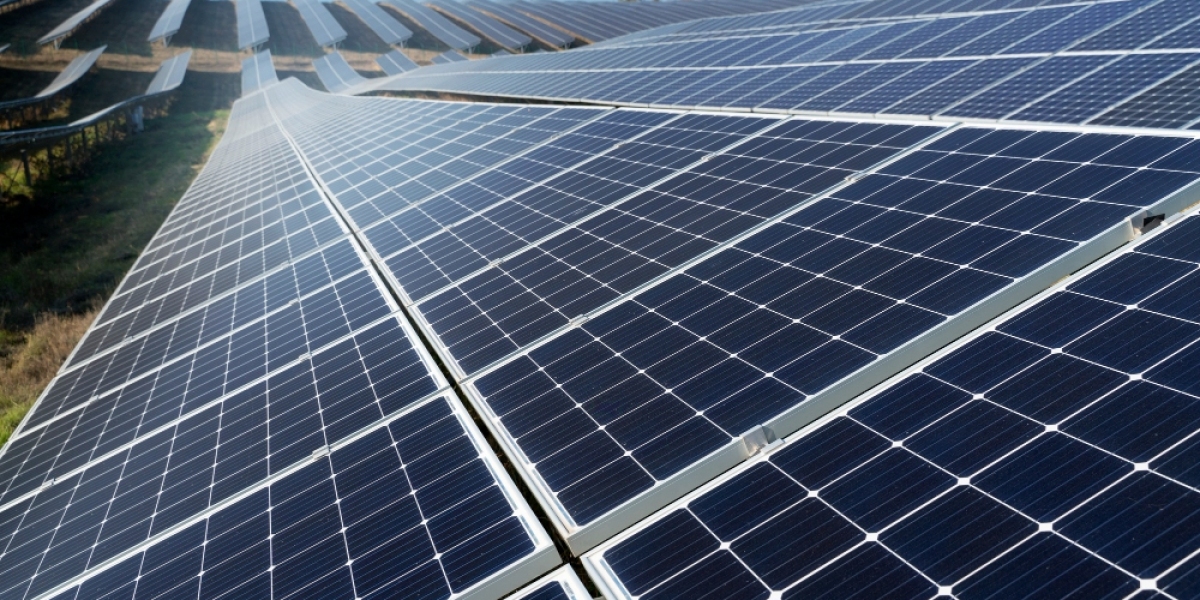The shift towards renewable energy has spotlighted solar power as a viable and sustainable option. Within a solar energy system, the solar PV cable is an essential component, ensuring the efficient transfer of electricity generated by solar panels. This article explores the significance of solar PV cable, their key features, and their interaction with advanced technologies like monocrystalline solar panels.
Understanding Solar PV Cables
A solar PV cable is specifically designed for photovoltaic systems, connecting solar panels to inverters and other system components. These cables are engineered to meet the unique demands of solar power applications, such as high voltage and environmental resistance.
Essential Features of Solar PV Cables
- Weather Resistance: Solar PV cables must endure various weather conditions, including UV radiation, rain, and temperature fluctuations, ensuring long-term reliability and safety.
- High Voltage Capacity: These cables are built to handle the high voltage produced by solar panels, which is critical for maintaining system efficiency and safety.
- Flexibility and Ease of Installation: Flexibility in PV cables allows for easier installation across diverse setups, from residential rooftops to large-scale solar farms.
The Importance of Solar PV Cables
Solar PV cables are vital for the seamless operation of a solar energy system. They facilitate the transfer of electricity from solar panels to the inverter, where it is converted from direct current (DC) to alternating current (AC) for use in homes or businesses.
Enhancing System Efficiency
The choice of PV cables can significantly impact the efficiency of a solar energy system. High-quality solar PV cables minimize energy losses during transmission, ensuring that the maximum amount of generated electricity reaches the inverter and, subsequently, the end user.
Monocrystalline Solar Panels and Their Relationship with PV Cables
Monocrystalline solar panels are known for their superior efficiency and longevity. These panels, made from single-crystal silicon, offer higher power output per unit area compared to other types of solar panels, making them a preferred choice for high-efficiency solar installations.
Optimal Pairing
To fully harness the benefits of monocrystalline solar panels, it is crucial to use compatible solar PV cables. Given the high efficiency and voltage output of these panels, the connecting cables must be capable of handling the generated power without significant losses. Quality PV cables ensure that the high efficiency of monocrystalline panels is not compromised during the transmission process.
Conclusion
In summary, solar PV cables are indispensable in the construction and operation of effective solar energy systems. Their role extends beyond merely connecting components; they ensure that the generated solar power is transmitted efficiently and safely. When paired with high-efficiency monocrystalline solar panels, the right solar PV cables can enhance the overall performance and reliability of the system. As solar technology continues to evolve, understanding and selecting the appropriate PV cables will remain a critical aspect for achieving optimal solar energy solutions. With the right components, solar energy systems can provide sustainable, efficient, and reliable power for a greener future.









